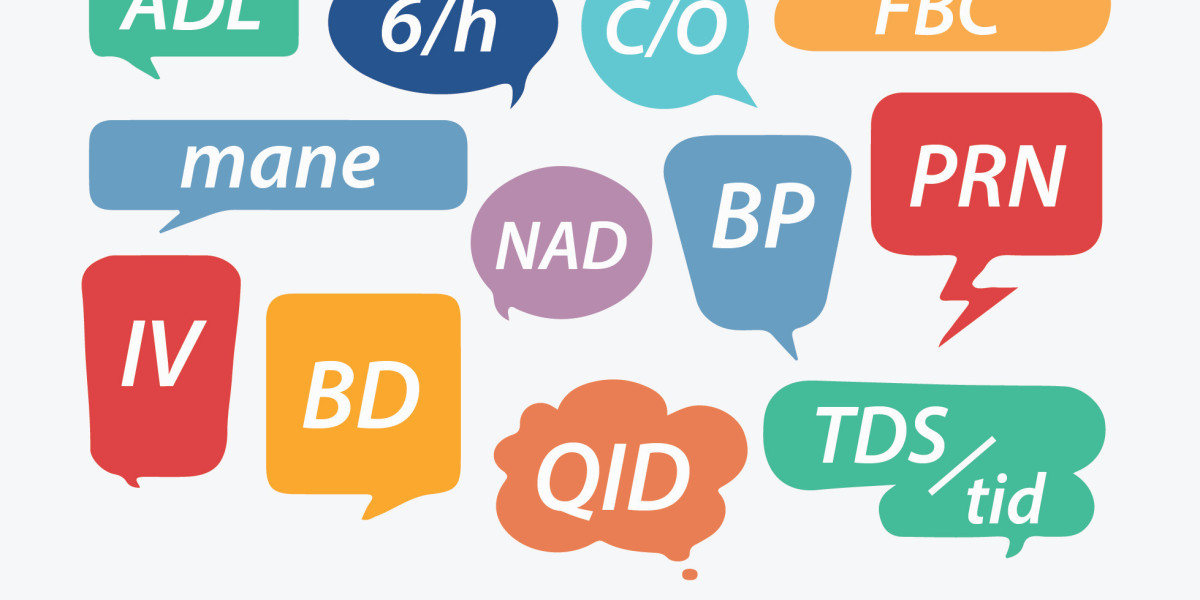In the OET writing sub-test, using abbreviations in OET Writing can enhance clarity or lead to confusion depending on the context. It is crucial to consider whether the recipient, whether a colleague or patient, will understand the abbreviation. Abbreviations familiar to both parties in the medical profession are generally acceptable, promoting efficiency in communication. However, when writing to someone unfamiliar with medical jargon, such as patients or their families, it is advisable to avoid abbreviations altogether to ensure clarity.
Medical conditions should generally be written in full, with the acronym provided in brackets for subsequent references. For instance, "type 2 diabetes (T2D)." Exceptions include specific instructions like avoiding "NIDDM" in favor of "type 2 diabetes."
When it comes to drug administration, clarity is paramount. Use full terms like "at night" instead of abbreviations such as "nocte," and specify frequencies like "twice a week" rather than "2/7." This approach minimizes confusion, particularly considering regional variations in abbreviations (e.g., Australia vs. England).
In conclusion, while abbreviations and acronyms streamline communication in the medical field, ensuring mutual understanding between writer and recipient is essential in OET writing. Balancing efficiency with clarity ensures accurate transmission of information, particularly vital in medical contexts where precision is paramount.
For more info: https://edubenchmark.com/blog/when-to-avoid-abbreviations-in-oet-writing/








